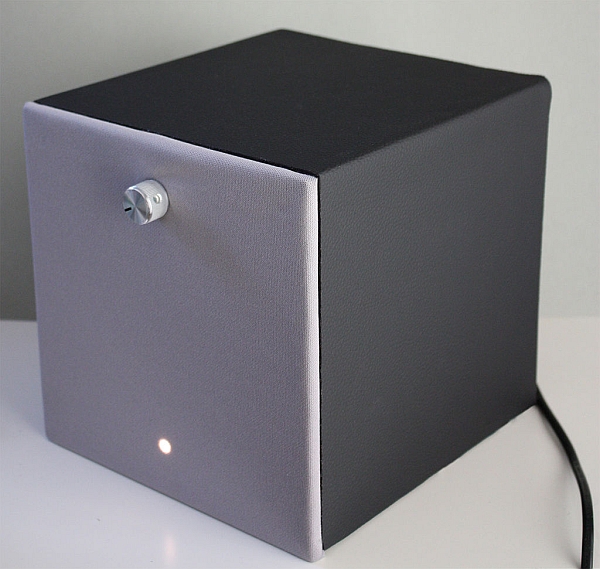With the delivery of my second RaspberryPi I finally got the chance to start this long-planned project:
I wanted to replace my old bathroom radio with a more contemporary device by building a network-enabled speaker. Because I'm a user of several iDevices, the idea of making the speaker AirPlay-compatible became the basis of my further work.
After some googling I discovered James Laird's amazing shairport client for Linux. The initial installation on the RasPi worked like a charm, so I decided to take the project one step further by making it wireless. With a little help from Google again and some twiddling I finally got it to work and started writing this Instructable.
Have fun reading how it all went down and maybe build your own version of the raspbAIRy.
Step 1: Parts & Tools
- RaspberryPi
220V AC to 5V DC power supply
- Sound
White LED, 5mm
3,5 mm audio socket and cable
Cable with power plug
- Case
600 x 200 mm artificial leather
Wood glue
- Tools
Screwdriver and screws
Soldering iron and solder
Stapler
Other typical workshop equipment
Step 2: Electronics
- Stereo to Mono
- Input Switch
- Mono Amp and speaker
- Power Supply
Step 3: Installation
- Raspbian ‘wheezy'
The following steps require some basic command line skills but if you stick to the linked tutorials you should be good.
- Shairport
- Install some packages and their dependencies, that shairport uses, via apt-get
- Get shairport and the perl module Net::sdp via git
- Install shairport as a service and make it run at startup
- Wifi

- Here is what I did (commands in italic):
- Updated apt-get
- $ sudo apt-get update
- Installed vim (personal preference)
- $ sudo apt-get install vim
- List USB devices to get infos on wifi dongle
- $ lsusb
- Installed Ralink-Firmware
- $ sudo apt-get install firmware-ralink
- Modified the interfaces config
- $ sudo vim /etc/network/interfaces
- auto lo
iface lo inet loopback
iface eth0 inet dhcp
auto wlan0
iface wlan0 inet dhcp
wpa-ssid “my_ssid”
wpa-psk “my_password“
For more detail: RaspbAIRy – the RaspberryPi-based Airplay speaker


